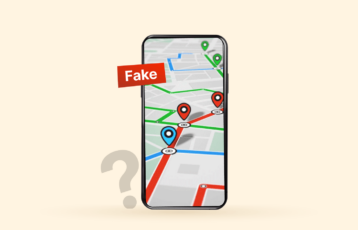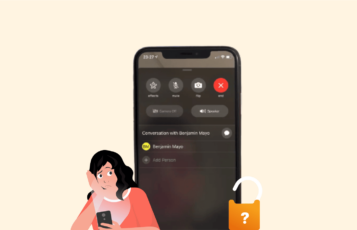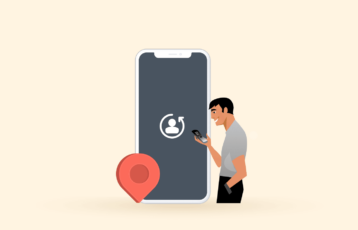
Everyone values mobile phone security, regardless of whether their smartphone is Android or iOS. Of course, protecting every piece of information on your smartphone is pivotal to avoiding the risk of cyber threats and malware, especially as technology advances. Thus, you should be aware of the level of security your smartphone provides.
So, if you’re wondering which device is more secure, this article compares iOS vs. Android smartphone security to help you decide which device is best for you.
What are the similarities between iOS and Android security?
The similarities between iOS and Android smartphones include their built-in security features. For example, they have virtual sandboxes that minimize the damage that malware apps can cause. Another feature is drive encryption, which comes with iOS, but Android users must enable it.
Both operating systems fully support VPN encryption, which is essential for smartphones. Some VPN services that protect your online identity include NordVPN, ExpressVPN, and Surfshark.
Face ID and fingerprint recognition are also available on iOS and Android smartphones. These similarities provide security and reduce the risk of threats.
Common threats to iOS and Android smartphones

With the advancement of technology, we now have most of our information on our smartphones, from wallets to home security systems. However, this puts us at risk. Hence, knowing the most common threats to your iOS or Android device can help you be more security conscious.
Below are common threats to iOS and Android smartphones.
- Malware: Mobile spyware, ransomware, and banking trojans are all part of malware. Adware and viruses are also examples of this threat. They disrupt your smartphone’s balance by exposing your private information, infecting your device, and blocking information accessibility.
- Data Breach: A data breach happens when someone steals information from a system without the owner’s knowledge or approval. Hackers can breach data on your smartphone by reusing the same password to gain access to private information through unsecured WiFi.
- Cyber Scam: Phishing is a type of cyber scam in which scammers use messaging apps to send phishing attacks to unsuspecting victims. The QR code scam is another type of cyber scam in which scammers trick victims into scanning harmful QR codes, which can reveal your login details and other private information.
iOS vs. Android: Source code security
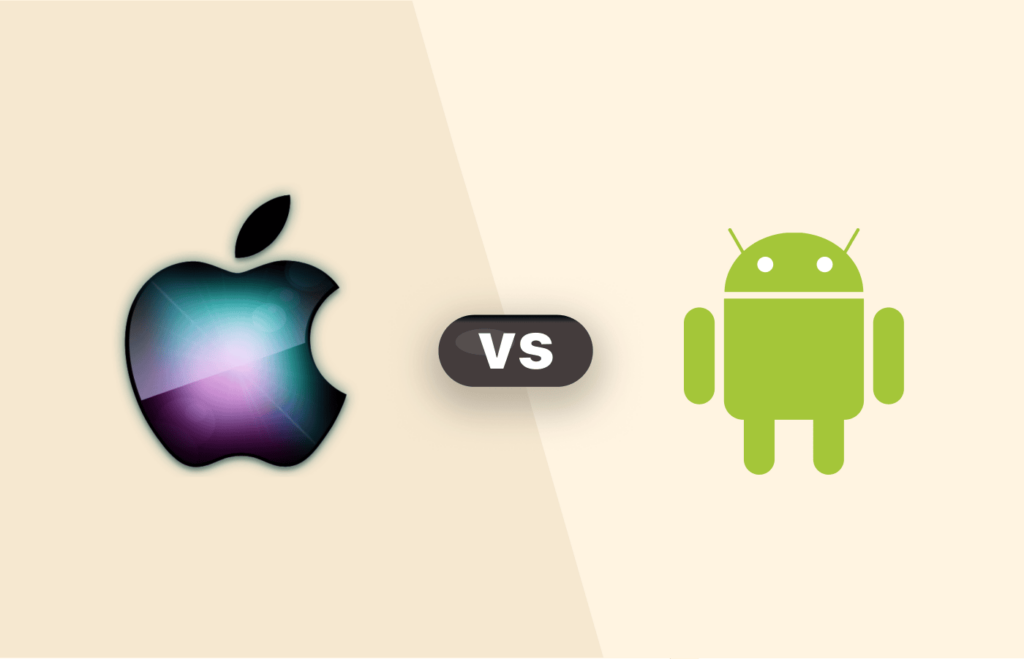
Comparing iOS vs. Android systems reveals that they address source code security differently. For example, they use restrictions in different ways to protect users from data breaches and viruses. However, there is room for improvement.
Below is a detailed breakdown of how iPhone and Android smartphones address source code security.
iOS
Apple uses a system that employs secure code execution for security. Using an integrated development environment (IDE), it provides code signing for your applications.
In addition, because iOS is a closed-source operating system, developers cannot copy, modify, or manipulate the code. Although, since the iOS source code is not subject to criticism, the developers may release a version with a security flaw, which attackers may have exploited before detection. And consequently, you cannot change the security settings to protect your iPhone data if you cannot manipulate the code.
But, with this source code security, hackers may also find it difficult to access your smartphone and exploit the potential flaws.
Nonetheless, that doesn’t mean hacking iOS devices is impossible. For example, if you do not use the App Store, you may download a malicious link through email or various websites, which Apple may not protect.
Android
Android’s foundation is open-source software, so it manages code source security in a manner opposite to iOS. Users can create security breaches in their Android smartphones if they do not know what to do. However, an open-source operating system helps to improve security because it allows programmers to test for security breaches.
Android’s updated source code is available in the Android Open-Source Project (AOSP), where application developers and smartphone manufacturers can download and modify it to make it useful to users. It allows transparency and better contributions in terms of security.
However, the Android open-source software has some drawbacks. The ability of people to access the code makes it easier for cybercriminals to identify and exploit security vulnerabilities. It could also be a way for unencrypted software to invade your Android smartphone.
Result: iOS wins
iPhones are typically more secure than Android smartphones due to Apple’s strict control over the iOS closed-source operating system.
iOS vs. Android: Data privacy
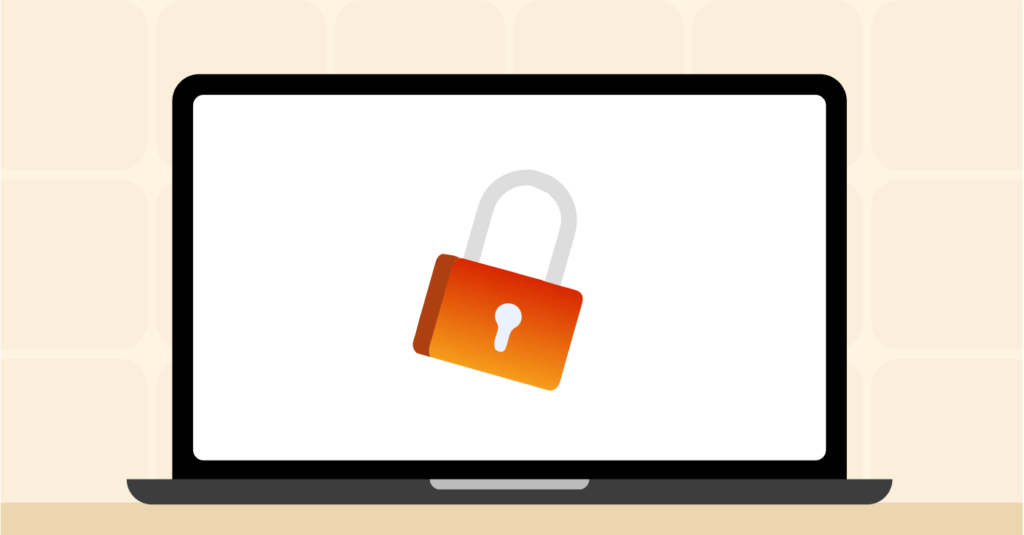
Most smartphones can expose you to various data risks. For example, location tracking is built into most phones, allowing applications to access your exact location anytime. With data privacy being a security risk, knowing if your smartphone system secures your data is necessary.
iOS
An iPhone has built-in security features that prevent unauthorized access to your information. These privacy features give you control over the information you share with others.
With security features such as Fingerprint ID, Face ID, and two-factor authentication, Apple prioritizes data privacy.
You can also toggle location services on and off for individual applications, allowing you to customize them to suit your preferences.
Android
Many data privacy features are automatically enabled on your Android smartphone when you switch it on. For example, the built-in app scanner protects your device against malware.
Android device security also varies; some have retinal and fingerprint scanners, while others only have passwords and patterns. You can also protect your data with two-factor authentication if you have a Google account.
However, browsing the web with your Android smartphone may expose a lot of personal information. You’ll need to change your privacy settings to opt out of Google’s personalization options.
Result: iOS wins
The integrated design of Apple devices ensures data privacy and makes security flaws more challenging to detect.
iOS vs. Android: Third-party security applications

It is essential for your device to support third-party security applications, regardless of their built-in security features. Therefore, a standard smartphone should support trusted security applications like VPN applications, antivirus, and adblockers.
Here’s a comparison of iOS vs. Android smartphones regarding third-party security.
iOS
iPhones allow you to use various third-party apps for security purposes. However, the iPhone is pretty secure, so you may only need two security apps. The first is a VPN for iPhone, which protects you when you use public WiFi, and the second is a password manager, which increases your online security.
Third-party security apps are available with an iOS smartphone. These apps ensure that you are not exposed online and that your data is secure.
Android
Third-party security applications are essential for Android smartphones to prevent malware from gaining access to the device. Android VPNs and antivirus software are the best antimalware tools. They are all available as third-party apps on Google Play Store.
These apps protect your smartphone from viruses, keep your information private, and even detect and block malicious calls. However, because the Play Store has more applications than the App Store, it is assumed that Android users have a better selection of third-party security apps to pick from.
Result: iOS and Android win
Fortunately, top-rated, popular, and useful third-party security apps are available for iPhone and Android users.
iOS vs. Android: Updates and update frequency
Frequent software updates give you access to benefits like bug fixes and improved user experience. They also enhance the performance of your smartphone and repair security flaws. We compare the update patterns of iOS and Android smartphones below.
iOS
At least seven software updates have been released since the current version of Apple’s mobile operating system, iOS 16, was launched in September 2022.
Throughout its 15-year presence, Apple’s iOS has received more than 70 major updates. These updates indicate how Apple routinely searches for and fixes security flaws.
iOS users can easily update their smartphones to the most recent features and access bug fixes by updating the operating system software. In addition, Apple updates devices to last for five to seven years.
Android
Since its initial release in 2008, the Android operating system has received approximately 66 significant updates. It is also modified regularly to improve its security and functionality. These smaller updates occur on a monthly, bimonthly, or quarterly basis.
However, Android typically sends one to three updates every 18 months, and users might not get any further updates after that. If new malware is released between those times, you may not receive an update that secures your smartphone.
Additionally, because Android is used on many devices, manufacturers must test updates independently and fix design flaws before releasing them. This will take time and prolong the release of Android updates.
Result: iOS wins
The iOS update pattern is more frequent than the Android update pattern. Most of these updates are small security and user experience improvements, but they enhance iOS security.
iOS vs. Android: App Store and Google Play Store security
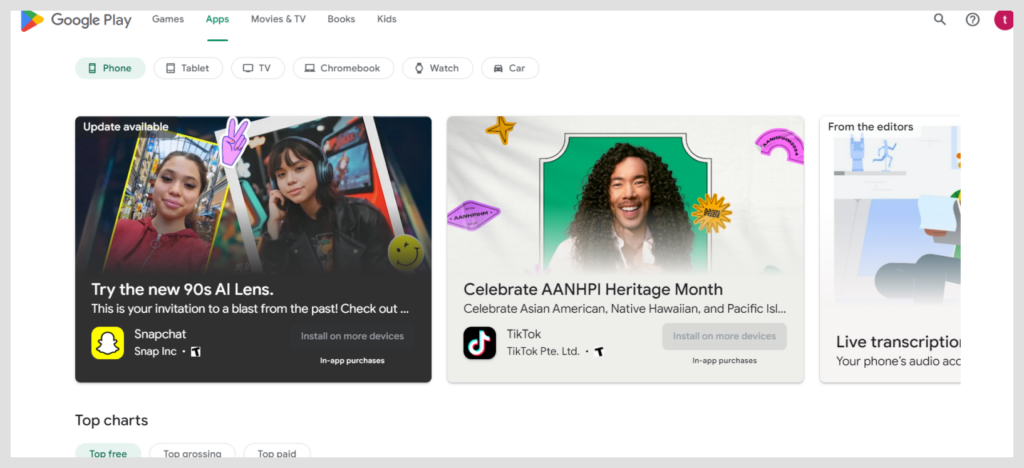
When comparing iPhone and Android security, application security is an essential factor. Both devices have methods for protecting your apps and curing your device. However, they operate differently. Here is an analysis of the App Store and Google Play Store security.
iOS
iPhone users can access various applications only through the official App Store. This measure is an essential aspect of the iOS security strategy, regardless of its restrictions. Before being added to the App Store, each app is manually evaluated by an Apple Review team member and screened for malicious code.
Furthermore, system-level protection on iOS ensures that all third-party applications cannot access your files and other apps. They are also prohibited from changing your smartphone’s settings, preventing malware from compromising your device. As a result, Apple will reject any application that does not meet its safety requirements.
Android
Google Play is Google’s official app store, which includes measures to protect your Android smartphone from malware. One of Google Play’s primary security features is that you can only download verified applications from the store. In addition, Google scans applications for viruses before making them available to users.
However, since Android uses open-source coding, there is no strict scrutiny of the applications that are sent to the Play Store by Android developers.
Additionally, even though Google uses Play Protect to screen applications before users download them, these apps are already available on the Play Store. As a result, even if malware exists, users are more likely to disregard security warnings. The Google Play Store is also appealing to hackers due to the large number of apps available.
Result: iOS wins
The App Store is more secure than the Play Store because of Apple’s security checks. The Play Store is more likely to contain malware, while it is less likely in the App Store.
Is it easier to hack an iPhone or an Android smartphone?
Whether someone hacks your iOS or Android device partly depends on how you use it and what security measures you take to prevent hackers from accessing your device. So, both iOS and Android smartphones can be hacked if left unprotected.
Ultimately, iOS security is more focused on software-based security, whereas Android security combines hardware and software-based protection. A VPN application is a reliable protection measure on iOS or Android devices to encrypt your data and secure your smartphone online.
Tips for protecting your smartphone

Regardless of the model, you can take some security measures when using your smartphone. Remember that your phone contains a wealth of personal information, so you must keep it safe.
Below are ways to make your smartphone safer, whether using an iOS or an Android device.
- Regularly update your OS to the latest version. Software updates contain necessary security updates for your phone. When you update your OS, you prevent malware from accessing your information.
- Use passwords on your OS and apps. Any information, no matter how small, has the potential to compromise your security. Complex passwords stored in a password manager will assist you in smartphone security.
- Only download applications if you’re sure they’re safe. An unsafe app increases the risk of smartphone security issues. Therefore, check the settings that allow you to verify any apps you download from an unknown source before installing them.
- Download apps only from verified App Stores. It is essential to stay away from third-party app stores to maintain your phone security. Generally, you should only download apps from the Apple, Google Play, or Microsoft stores. Also, read app reviews on the official stores to ensure you download trusted applications.
- Activate multi-factor authentication (MFA). Using only passwords on your smartphone leaves you vulnerable to brute force attacks and other threats. With MFA, you get more than one layer of account credentials if you’re using a password and biometrics, such as fingerprint scanning or facial ID.
- Use a VPN. A mobile VPN protects your data and privacy online while you use the smartphone. NordVPN and ExpressVPN are two top VPN apps that encrypt your data and hide your IP address. They ensure anonymity for your iOS and Android devices using servers in different countries and advanced security features.
- Avoid disabling your employers’ data protections. Your workplace IT staff may have installed security protocols that protect essential information on devices used for business purposes. These measures are necessary for security, so do not disable or bypass them, no matter how inconvenient.
It is also critical to note that while these practices are helpful general recommendations, they may not be sufficient to protect your device and data in all situations. Therefore, it is essential to be aware of the latest threats and to be proactive in protecting yourself. That’s why you need to stay tuned to PrivacySavvy!
FAQs
According to common opinion, iPhones are more secure than Android devices due to several factors. For example, installing applications from sources other than the Google Play Store is simple on Android phones but complex on iPhones.
Yes, Android has built-in security features to help protect users’ devices and data. These include measures such as file-based encryption and secure boot. Biometric authentication (such as fingerprint scanning and face recognition) is among those too. Android also uses sandboxing to isolate apps and restrict their access to sensitive data and system resources. Android also uses Google Play Protect to scan apps for malware and other security risks before they get downloaded from the Play Store.



